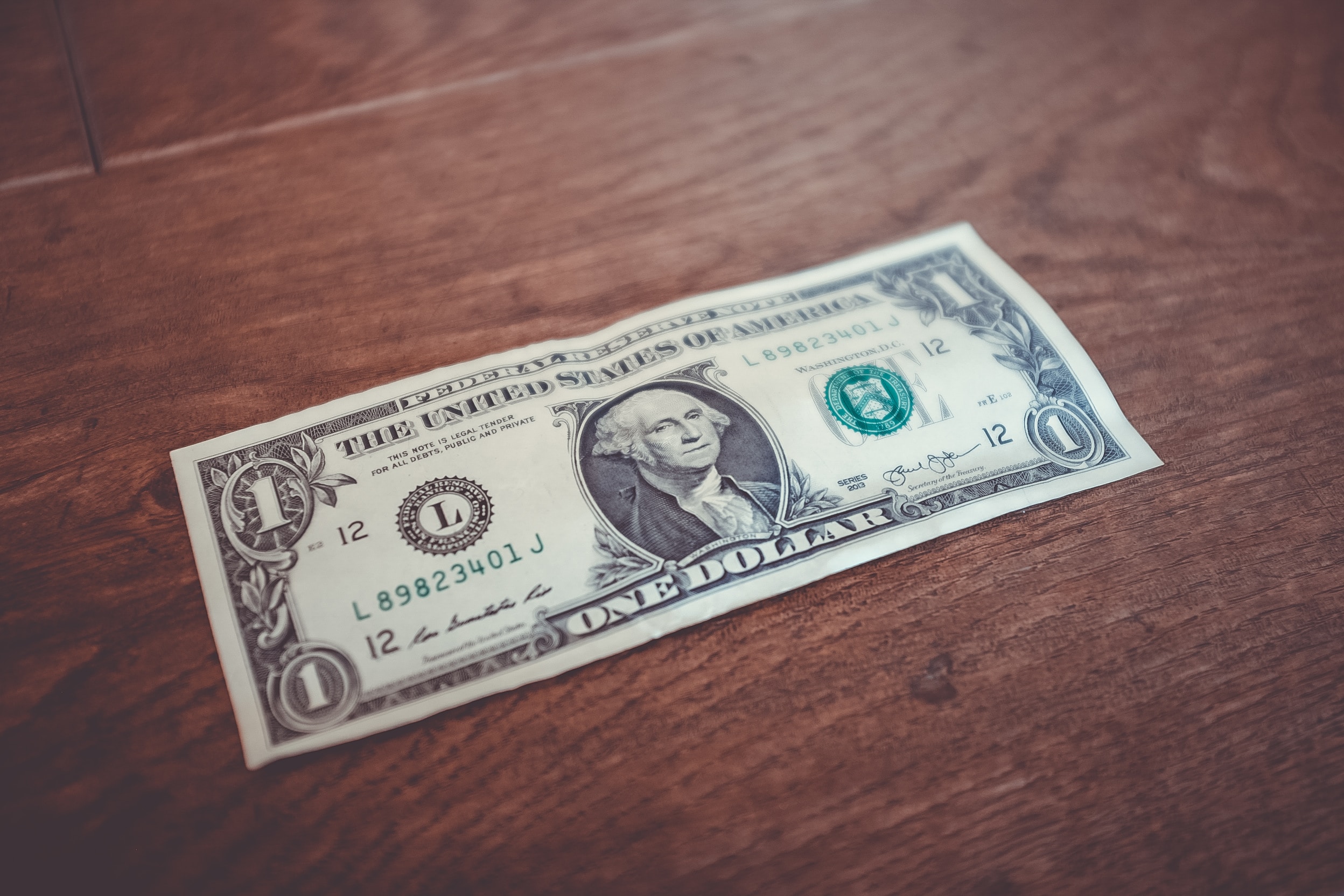A recession is a period of negative economic growth that lasts for at least two consecutive quarters, leading to job losses, reduced incomes, and financial struggles for many people. The ability to predict a recession and take appropriate steps to protect your finances is crucial for financial stability. This comprehensive guide will help you understand the economic indicators to watch for, as well as the steps you can take before, during, and after a recession to safeguard your financial future.
What to Look for to Predict a Recession
GDP growth rate: The Gross Domestic Product (GDP) growth rate is a key indicator of a country's economic health. A slowdown or decline in GDP growth could signal an upcoming recession.
Employment rate: A significant increase in the unemployment rate is often an early sign of an impending recession. Keep an eye on job market trends to spot potential issues.
Inflation rate: Inflation is the rate at which the general level of prices for goods and services is rising. High inflation can erode purchasing power, while low or negative inflation (deflation) can indicate weak demand in the economy, potentially signaling a recession.
Consumer sentiment: Falling consumer confidence can indicate a weakening economy as people become more hesitant to spend money, potentially leading to reduced economic growth and a recession.
Yield curve inversion: The yield curve is a graph that plots the interest rates of similar-quality bonds against their maturities. When the yield curve inverts (i.e., short-term interest rates are higher than long-term rates), it is often seen as a warning sign of a recession.
Steps to Take Before a Recession to Protect Your Finances
Build an emergency fund: Save 3-6 months' worth of living expenses in a high-yield savings account to cover unexpected costs and provide a financial cushion during difficult times.
Pay down high-interest debt: Focus on paying off high-interest debt, such as credit card debt, to reduce your financial burden during a recession.
Diversify your investments: Spread your investments across different asset classes and industries to mitigate the impact of a recession on your portfolio.
Review your budget: Reassess your spending habits and cut unnecessary expenses to increase your savings and financial resilience.
Create multiple income streams: Developing additional sources of income can help to reduce your dependence on a single job and provide financial stability during a recession.
Steps to Take During a Recession to Protect Your Finances
Stick to your budget: Maintain discipline in your spending habits to ensure you don't deplete your emergency fund or accumulate more debt.
Continue investing: If you have a long-term investment horizon, consider continuing to invest during a recession. This can help you benefit from lower asset prices and potential market rebounds.
Focus on essentials: Prioritize spending on basic needs like housing, food, and healthcare over non-essential items.
Network and upskill: Strengthen your professional network and improve your skills to increase your employability during a recession.
Monitor your investments: Keep an eye on your investment portfolio and make adjustments as needed to manage risk and capitalize on market opportunities.
Steps to Take After a Recession to Protect Your Finances
Rebuild your emergency fund: If you used your emergency fund during the recession, focus on replenishing it as soon as possible. Review your financial plan: Post-recession, reassess your financial goals and make any necessary adjustments to your plan.
Reevaluate your investment strategy: Analyze your investment performance during the recession and make any necessary changes to your strategy to better prepare for future economic downturns.
Learn from the experience: Reflect on the challenges you faced during the recession and identify areas where you can improve your financial resilience.
Stay informed: Continue to monitor economic indicators and stay informed about market trends to better anticipate and prepare for future recessions.
Predicting a recession and protecting your finances can be challenging, but with a solid understanding of economic indicators and proactive financial planning, you can mitigate the impact of an economic downturn on your financial well-being. By taking the steps outlined in this guide before, during, and after a recession, you can build a strong financial foundation and increase your chances of weathering future recessions successfully.
Q&A Section:
Q: What is a recession?
A: A recession is a period of negative economic growth that lasts for at least two consecutive quarters, leading to job losses, reduced incomes, and financial struggles for many people.
Q: What are the key economic indicators to watch for to predict a recession?
A: The key economic indicators to watch for include GDP growth rate, employment rate, inflation rate, consumer sentiment, and yield curve inversion.
Q: How can I protect my finances before a recession?
A: Before a recession, protect your finances by building an emergency fund, paying down high-interest debt, diversifying your investments, reviewing your budget, and creating multiple income streams.
Q: What steps should I take during a recession to safeguard my finances?
A: During a recession, stick to your budget, continue investing, focus on essentials, network and upskill, and monitor your investments.
Q: How can I protect my finances after a recession?
A: After a recession, protect your finances by rebuilding your emergency fund, reviewing your financial plan, reevaluating your investment strategy, learning from the experience, and staying informed about economic indicators and market trends.









